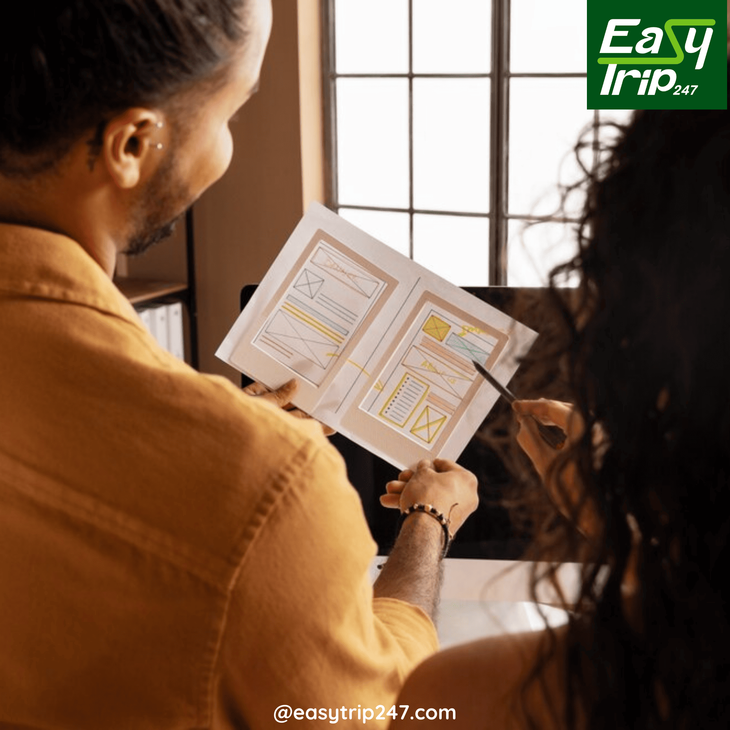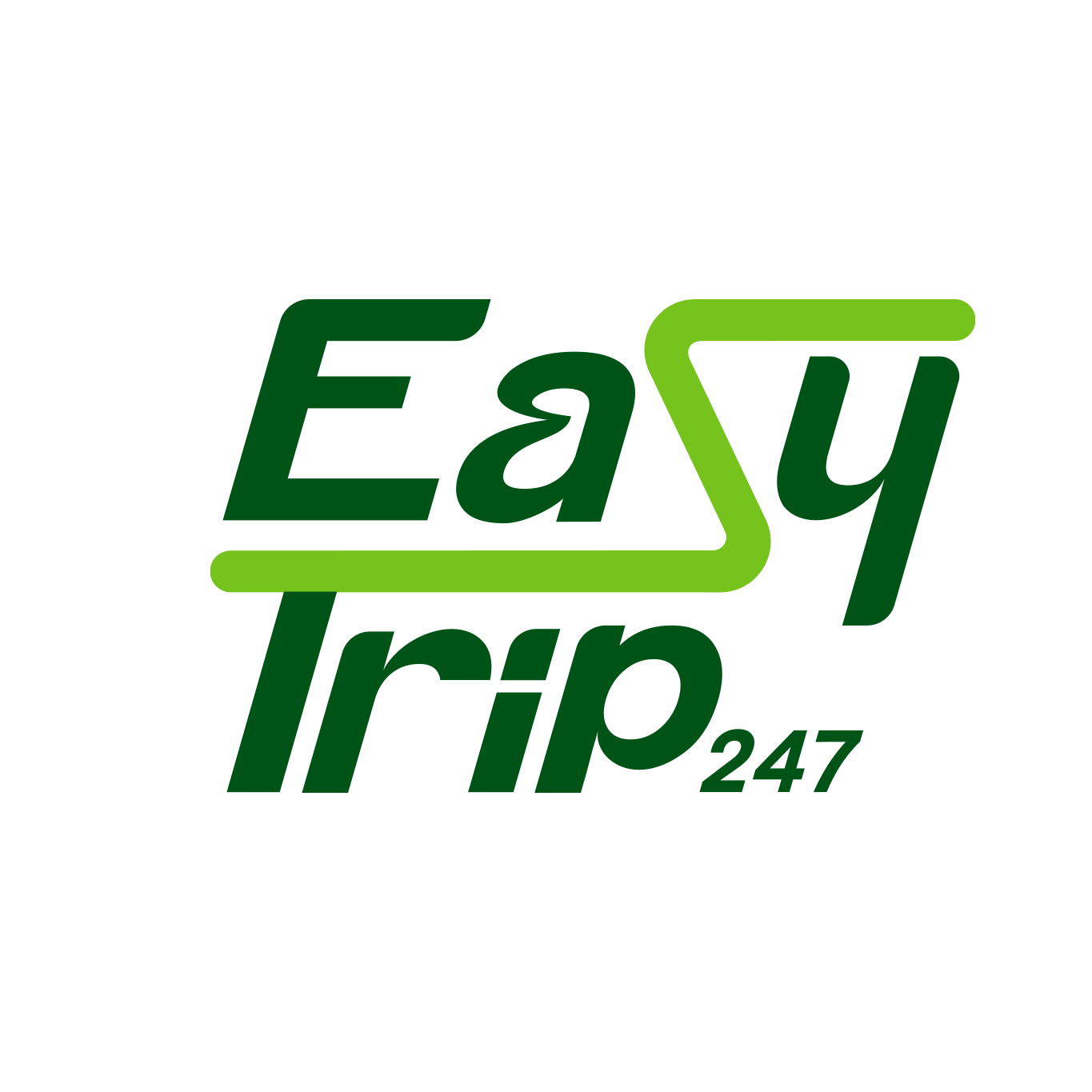
However, one of the challenges many travelers face is the potential language barrier. While English is widely spoken in many parts of the world, there are still countless destinations where communication in the local language is key to fully immersing yourself in the culture, navigating your surroundings, and enjoying the best experiences. Fortunately, creating an easy trip language guide can eliminate many of the stressors associated with language differences and make your travel experience smooth and enjoyable. Whether you're traveling to a bustling city or a remote village, having a language guide at your disposal will help you feel more confident and empowered throughout your journey.
Why an Easy Trip Language Guide is Essential
The first step in planning your easy trip is understanding why having a language guide is so important. An easy trip should be about enjoying your destination, discovering new places, and engaging with the local culture without the hindrances of language misunderstandings. While body language and gestures can sometimes help bridge communication gaps, they are not always enough to ensure clarity, especially in situations like asking for directions, ordering food, or discussing transportation options. Having a language guide tailored to your needs provides you with the tools to communicate effectively, making your trip less stressful and far more enjoyable. An easy trip language guide can also deepen your cultural experiences, as language is often closely tied to the identity, traditions, and customs of a place.
Step 1: Choose the Right Language for Your Easy Trip
The first step in creating an easy trip language guide is determining which language or languages you need to focus on. If you are traveling to a region where more than one language is spoken, such as Switzerland or Canada, it’s important to know the primary language spoken in the area you plan to visit. In some cases, regional dialects or variations of the language might also play a role, especially in rural areas. For example, if you're planning a trip to Spain, Spanish will be the primary language, but if you’re heading to the Catalonia region, Catalan will also be spoken. Identifying the local language will help you narrow down your focus and ensure that your language guide covers all the essential phrases and vocabulary.
Step 2: Focus on Key Phrases for an Easy Trip
An easy trip language guide should be practical and easy to use, which means focusing on the key phrases that will be most helpful to you. While it may not be realistic to learn an entire language before your trip, mastering essential phrases can make a significant difference. Some important phrases to include in your guide should cover greetings, common pleasantries, asking for directions, ordering food, and basic travel-related questions. Here are a few examples of phrases that are essential for an easy trip:
● Hello / Goodbye
● Please / Thank you
● How much is this?
● Where is the nearest subway station?
● Can you help me?
● I don't understand.
● Do you speak English?
By prioritizing these simple yet essential phrases, you can communicate your basic needs and connect with locals, making your trip more enjoyable and less stressful.
Step 3: Use Technology to Enhance Your Easy Trip Language Guide
In today’s digital age, technology plays a crucial role in making your trip easier, especially when it comes to language. There are countless apps and translation tools available that can supplement your language guide and provide real-time translations when needed. Popular apps like Google Translate, Duolingo, or Babbel can assist in translating more complex phrases and help you learn the basics of the language before you go. These apps also often feature voice recognition, allowing you to speak into your phone and receive instant translations, which is incredibly helpful when you’re in a hurry or in need of immediate clarification.
In addition to these apps, many travel websites and blogs offer printable language guides and helpful tips for navigating foreign languages. Incorporating these resources into your easy trip language guide will give you even more support and ensure that you have the information you need at your fingertips. You can also consider downloading offline language resources to avoid issues with connectivity during your travels.
Step 4: Learn About Cultural Context for an Easy Trip
Language is much more than just words – it’s deeply intertwined with culture. For an easy trip, it's helpful to understand the cultural context behind the language you're learning. For example, in some countries, it’s important to use formal speech when addressing strangers or authority figures, while in others, informal language might be more acceptable in casual settings. In many cultures, greetings and pleasantries are an important part of daily interactions, and knowing how to properly greet someone can go a long way in making a positive impression.
Furthermore, becoming aware of regional dialects and slang will allow you to communicate more authentically and avoid misunderstandings. In some areas, certain words or phrases may have different meanings or connotations, and it’s important to be aware of these nuances so that your communication remains respectful and culturally appropriate. Understanding cultural customs and etiquette will help ensure that your easy trip is not only linguistically successful but also socially enriching.
Step 5: Practice Pronunciation for an Easy Trip
A common hurdle when learning a new language is pronunciation. Even if you have the right words, mispronouncing them can make it difficult for others to understand you, especially in languages with complex sounds or tones. To make your easy trip even easier, spend some time practicing pronunciation before you go. You don’t need to become fluent, but familiarizing yourself with the basic sounds and how they’re formed in the local language will give you a greater chance of being understood.
Language apps, online pronunciation guides, and even YouTube videos dedicated to teaching proper pronunciation can help you refine your skills. If possible, try to practice with native speakers before your trip to gain feedback on your pronunciation. You may also want to record yourself practicing certain phrases and play them back to ensure they sound natural. The more confident you are with your pronunciation, the easier your trip will be.
Step 6: Prepare for Specific Situations During Your Easy Trip
To truly ensure an easy trip, it’s helpful to prepare your language guide for specific situations you’re likely to encounter. Depending on your trip, these situations could include transportation, accommodations, dining, or shopping. For example, if you’re planning on using public transportation, make sure to include phrases related to tickets, schedules, or directions. If you’ll be staying at a hotel, learn how to ask about check-in procedures, amenities, and room service. When dining out, knowing how to order food, ask for the bill, or inquire about dietary restrictions can make your experience more enjoyable and less stressful.
For each specific scenario, make sure your easy trip language guide includes not only the words and phrases you'll need but also cultural considerations. For example, tipping practices vary widely around the world, so it's important to understand local customs regarding gratuity. In some countries, tipping is expected, while in others, it’s considered rude. By preparing for these specific situations in advance, you’ll ensure that you have the language skills to navigate them smoothly and confidently.
Step 7: Be Open and Patient for an Easy Trip
While creating an easy trip language guide is an excellent step toward navigating a foreign country, it’s also important to be patient and open-minded during your travels. Even with a great language guide, misunderstandings may happen. People may speak quickly or use unfamiliar expressions, and you may occasionally find yourself struggling to understand. The key to making your trip as easy as possible is to remain patient, smile, and ask for clarification when needed. Most locals will appreciate your effort to speak their language, even if it’s just a few words, and they will often go out of their way to help you.
Don’t be discouraged by mistakes or setbacks. The experience of communicating in a new language, even imperfectly, is part of what makes travel so enriching. By approaching language barriers with a positive and open attitude, you’ll find that your easy trip becomes a rewarding adventure of discovery, connection, and personal growth.
Conclusion
Creating an easy trip language guide is one of the best ways to ensure that your travels are enjoyable, stress-free, and culturally enriching. By selecting the right language, focusing on key phrases, using technology, and practicing pronunciation, you can navigate any destination with confidence. Understanding cultural context, preparing for specific travel scenarios, and maintaining a patient attitude will further enhance your experience. An easy trip language guide not only makes communication easier but also opens doors to deeper connections with locals and a more authentic travel experience. Whether you're traveling to a bustling metropolis or a remote village, your language guide will be your trusted companion, ensuring that every step of your journey is truly an easy trip.
Design Your Tour Today And Get A Quote. Contact Us Here: +84.975.504.825
Source: Easytrip247 Team compiled.
